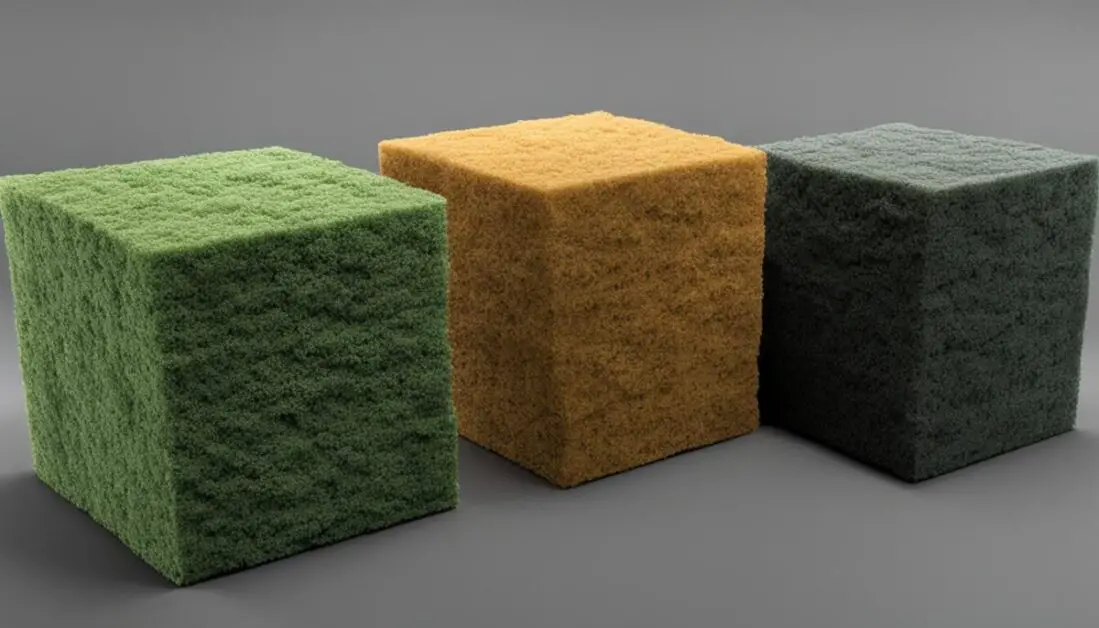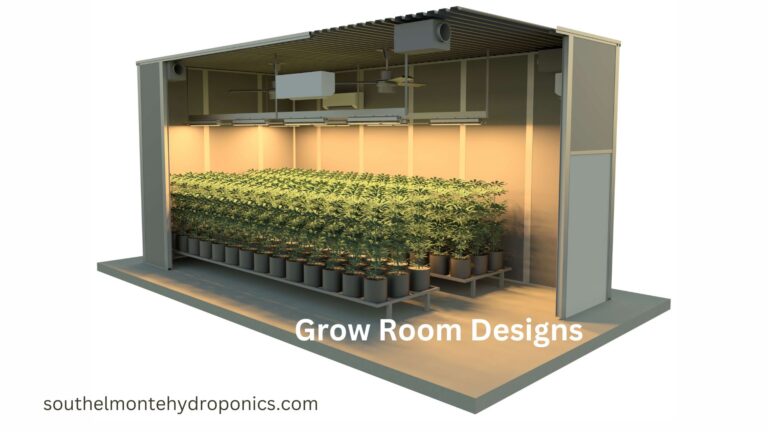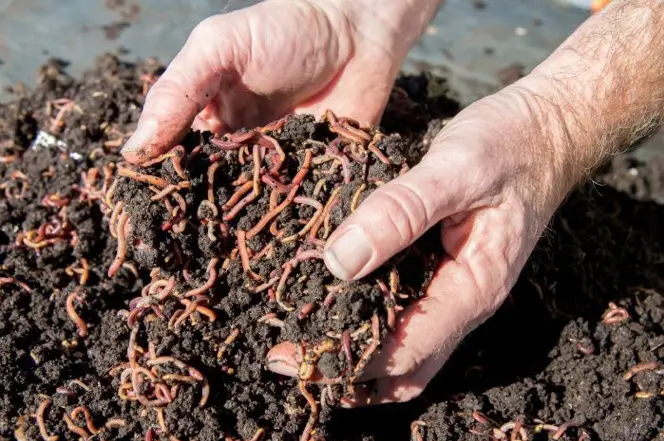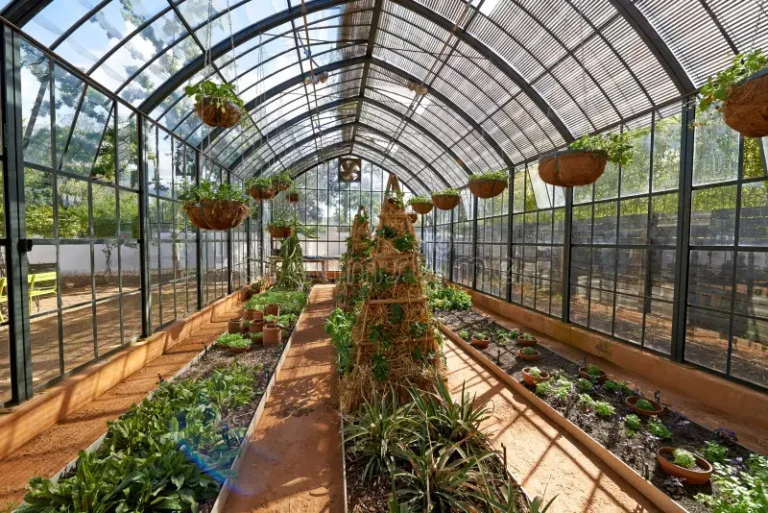Oasis vs Rockwool Cubes: Making the Right Choice for Your Plants
Table of Contents
Discussing the Environmental Sustainability of Oasis and Rockwool Cubes
Oasis and Rockwool cubes are two commonly used growing mediums in hydroponics setups. When it comes to evaluating their environmental sustainability, several factors need to be considered. Firstly, both Oasis and Rockwool cubes are produced using different materials and processes.
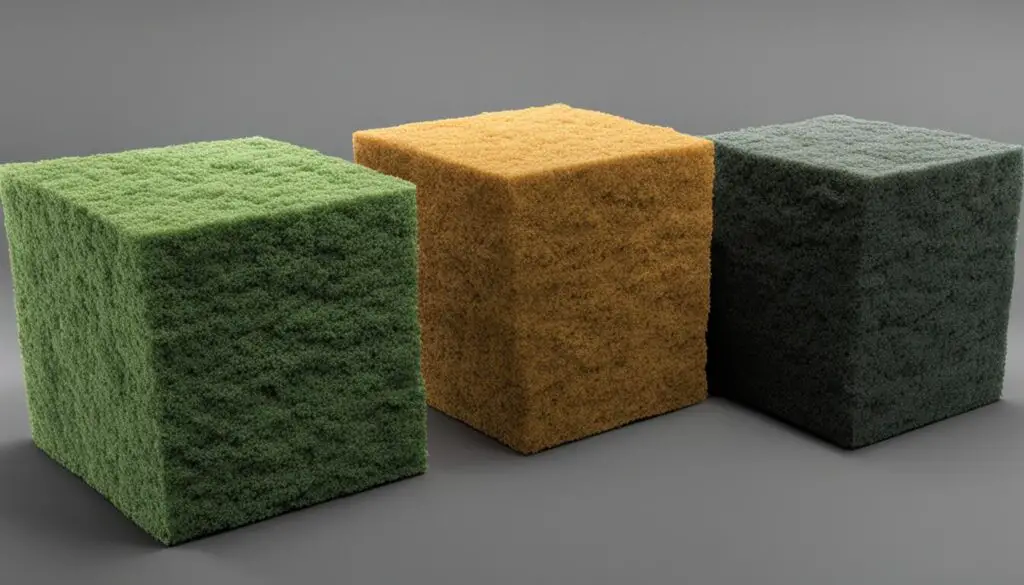
Oasis cubes are made from a foam-like material called phenolic foam, which is derived from petrochemicals. Petrochemicals are non-renewable resources, and their extraction and manufacturing processes can have a significant environmental impact. On the other hand, Rockwool cubes are made from natural basalt rock fibers that are spun and formed into cubes. Basalt is a volcanic rock that is abundant and readily available. This makes Rockwool cubes a more sustainable option as compared to Oasis cubes. Additionally, Rockwool cubes can be recycled and reused, further reducing their environmental footprint.
Moreover, it’s important to consider the disposal aspect of these growing mediums. Oasis cubes, being made from petrochemicals, are not biodegradable and can end up in landfills. Rockwool cubes, however, can be recycled or repurposed, making them a more environmentally friendly choice in the long run.
While both Oasis and Rockwool cubes have their pros and cons in terms of their environmental impact, it is crucial for gardeners and hydroponics enthusiasts to weigh these factors against their individual priorities and goals. By considering the lifecycle of these growing mediums, their sustainability can be evaluated more comprehensively, leading to more informed decisions about their use in hydroponics systems.
• Oasis cubes are made from phenolic foam derived from petrochemicals
• Petrochemical extraction and manufacturing processes have a significant environmental impact
• Rockwool cubes are made from natural basalt rock fibers that are abundant and readily available
• Basalt is a volcanic rock, making Rockwool cubes more sustainable than Oasis cubes
• Rockwool cubes can be recycled and reused, reducing their environmental footprint
• Oasis cubes, being made from petrochemicals, are not biodegradable and can end up in landfills
• Rockwool cubes can be recycled or repurposed, making them a more environmentally friendly choice
• Gardeners and hydroponics enthusiasts should consider the lifecycle of these growing mediums to evaluate their sustainability
• Informed decisions about the use of Oasis and Rockwool cubes in hydroponics systems can lead to better environmental practices.
Considering the Cost-effectiveness and Longevity of Oasis and Rockwool Cubes
Oasis and Rockwool Cubes are widely used in hydroponic systems due to their cost-effectiveness and longevity. These growing mediums offer significant advantages for gardening enthusiasts looking to optimize their plant growth.
From a cost perspective, Oasis and Rockwool Cubes prove to be highly cost-effective options. These cubes are designed to offer optimal water retention and aeration, which promotes healthy root development. As a result, gardeners can achieve higher yields and reduce water and nutrient waste. Additionally, these cubes have a long lifespan, allowing growers to reuse them for multiple crop cycles, further increasing their cost-effectiveness.
When it comes to longevity, Oasis and Rockwool Cubes are designed to withstand the challenges of a hydroponic environment. They are resistant to mold, mildew, and pests, ensuring the health and stability of the plants. Moreover, these cubes maintain their structural integrity and do not degrade over time, allowing gardeners to have a consistent growing medium throughout the entire crop cycle. This aspect not only saves money but also provides a stable environment for the roots to thrive.
In conclusion, the cost-effectiveness and longevity of Oasis and Rockwool Cubes make them an excellent choice for hydroponic systems. By providing a stable growing medium that retains water and promotes root health, these cubes optimize plant growth and minimize waste. Gardeners can enjoy higher yields and have peace of mind knowing that they are using a reliable and durable product.
• Oasis and Rockwool Cubes are cost-effective options for hydroponic systems
• They offer optimal water retention and aeration, promoting healthy root development
• Higher yields can be achieved while reducing water and nutrient waste
• These cubes have a long lifespan, allowing growers to reuse them for multiple crop cycles
• Oasis and Rockwool Cubes are designed to withstand the challenges of a hydroponic environment
• They are resistant to mold, mildew, and pests, ensuring plant health and stability
• The cubes maintain their structural integrity throughout the entire crop cycle
• This saves money and provides a stable environment for roots to thrive
Let’s compare Oasis cubes and Rockwool cubes in terms of cost-effectiveness and longevity for hydroponic growing. Here’s a table summarizing their characteristics:
| Aspect | Oasis Cubes | Rockwool Cubes |
|---|---|---|
| Material | Made from natural cotton | Derived from volcanic rock fibers |
| Ease of Handling | Easier to work with; doesn’t crumble or break when cut | Requires careful handling; can be finicky |
| pH Level | Neutral pH (around 6) | pH level of at least 5 |
| EC (Electrical Conductivity) | EC levels between 1 and 2 | EC levels between 1 and 2 |
| Water Retention | Good water retention capacity | Holds moisture well, but not as readily as Oasis cubes |
| Nutrient Retention | Not as effective as Rockwool cubes in holding nutrients | Holds nutrients less readily than Rockwool cubes |
| Climate Consideration | Ideal for cold climates; helps keep roots warm | Suitable for various climates |
| Watering Frequency | Requires less frequent watering due to good water retention | May need more frequent watering due to better moisture retention |
| Longevity | Durable and long-lasting | Reliable and sturdy |
| Adjusting pH/EC | No need to adjust pH levels with each water change | pH and EC levels need adjustment with each water change for optimal results |
| Availability | Available in various sizes (small packs to large bricks) | Available in small cubes and slabs for commercial operations |
Remember that the choice between Oasis and Rockwool cubes depends on your specific needs, system setup, and preferences. Both have their advantages and drawbacks, so consider factors like your climate, budget, and growth objectives when making your decision.
Addressing Common Concerns and Misconceptions about Oasis and Rockwool Cubes
Many gardening enthusiasts have expressed concerns and misconceptions about the use of Oasis and Rockwool cubes in hydroponic systems. One common concern is the environmental sustainability of these materials. Some wonder if the production of these cubes has a negative impact on the environment. However, it is important to note that Oasis and Rockwool cubes are made from inert materials, such as volcanic rock or a synthetic polymer, which do not contribute to soil degradation or water pollution. Additionally, these cubes can be reused multiple times, reducing waste and further enhancing their environmental friendliness.

Another misconception revolves around the cost-effectiveness and longevity of Oasis and Rockwool cubes. Some gardeners believe that these cubes are expensive and need frequent replacement. However, research has shown that these cubes are a cost-effective solution in the long run. While they may have a higher upfront cost compared to traditional soil-based systems, the durability and reusability of Oasis and Rockwool cubes make them a sound investment. When properly maintained, these cubes can last for multiple crop cycles, reducing the need for constant replacement and providing a consistent growth medium for plants.
• Oasis and Rockwool cubes are made from inert materials, such as volcanic rock or synthetic polymer
• These materials do not contribute to soil degradation or water pollution
• The cubes can be reused multiple times, reducing waste and enhancing their environmental friendliness
• Research has shown that Oasis and Rockwool cubes are a cost-effective solution in the long run
• While they may have a higher upfront cost, their durability and reusability make them a sound investment
• When properly maintained, these cubes can last for multiple crop cycles
• This reduces the need for constant replacement
• They provide a consistent growth medium for plants
Please watch the video for more information.
Are Oasis and Rockwool Cubes environmentally sustainable?
Yes, both Oasis and Rockwool Cubes are considered environmentally sustainable options. They are made from natural materials and can be recycled or composted after use.
Are Oasis and Rockwool Cubes cost-effective in the long run?
Yes, Oasis and Rockwool Cubes may have a higher upfront cost compared to other growing mediums, but they offer excellent water retention and nutrient holding capabilities, resulting in increased plant health and yield. This makes them cost-effective in the long run.
Can Oasis and Rockwool Cubes be reused?
Yes, Oasis and Rockwool Cubes can be reused multiple times. After each use, they can be thoroughly cleaned and sterilized for future planting.
Do Oasis and Rockwool Cubes promote healthy root growth?
Yes, both Oasis and Rockwool Cubes provide excellent support for root development. They offer a stable and well-drained environment, allowing roots to grow freely and access oxygen and nutrients.
Are there any safety concerns associated with using Oasis and Rockwool Cubes?
Oasis and Rockwool Cubes are generally safe to use. However, it is important to handle them with care to avoid respiratory irritation. Wearing gloves and a mask is recommended when working with these materials.
Can Oasis and Rockwool Cubes be used for all types of plants?
Yes, Oasis and Rockwool Cubes are versatile and can be used for a wide range of plants, including vegetables, herbs, flowers, and more. They provide a suitable growing medium for various plant species.
How often should Oasis and Rockwool Cubes be watered?
The frequency of watering depends on the specific needs of the plants being grown. However, it is important to maintain proper moisture levels in the cubes to avoid overwatering or underwatering. Regular monitoring and adjustment are recommended.
Can Oasis and Rockwool Cubes be used in hydroponic systems?
Yes, Oasis and Rockwool Cubes are commonly used in hydroponic systems. They provide an ideal substrate for hydroponic cultivation, offering excellent water and nutrient retention properties.
Are Oasis and Rockwool Cubes suitable for germinating seeds?
Yes, both Oasis and Rockwool Cubes are suitable for germinating seeds. Their moisture retention and aeration capabilities create an optimal environment for seed germination and early plant growth.
How long do Oasis and Rockwool Cubes typically last before needing replacement?
Oasis and Rockwool Cubes can last for several growing cycles before needing replacement. However, their lifespan may vary depending on the specific growing conditions and maintenance practices. Regular inspection and replacement of worn-out cubes are recommended.

Nicole Burke is a dynamic writer at SouthElMonteHydroponics, fueled by her passion for horticulture and environmental sustainability. Armed with a degree in Environmental Science from a renowned institution, Nicole’s expertise lies in hydroponic gardening, organic farming, and biodiversity conservation. Her insatiable curiosity and love for nature drive her to explore innovative techniques in hydroponics, seeking to revolutionize the way we grow crops in urban environments. Nicole’s writing reflects her deep commitment to promoting eco-conscious practices and fostering a deeper connection between humans and the natural world. Through her engaging storytelling, she inspires others to embrace sustainable living and harness the power of hydroponics for a greener future.

